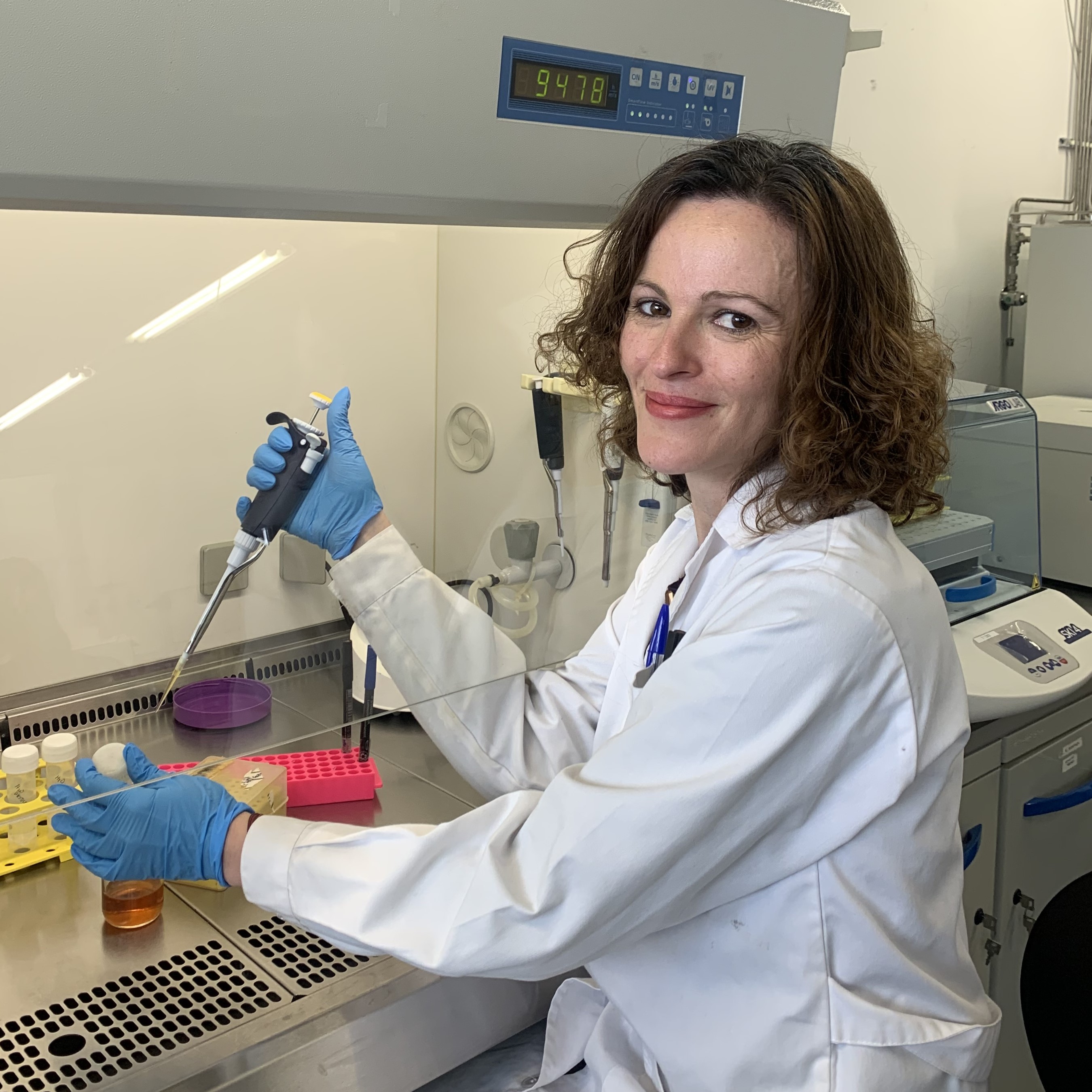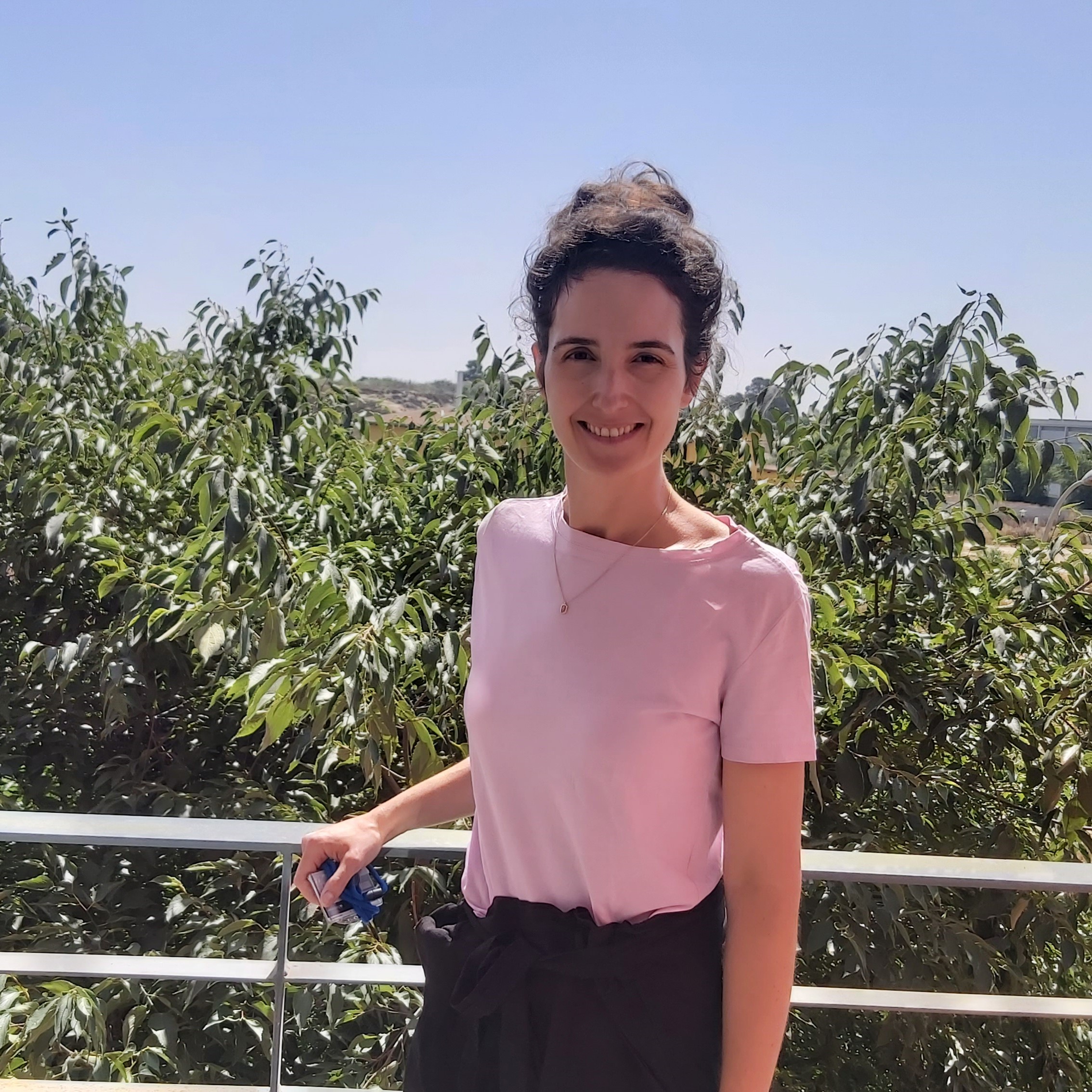
Why you decided to go into research
It was a bit by chance, when I came to university I had no intention of going down that path. However, everything changed when I entered a laboratory for the first time and saw what I could do. What I like the most is to have a problem and look for solutions to solve it. So I found research to be one of the best vehicles to achieve this. That was my main motivation to dedicate myself to this area.
How long have you been associated with the I3A and what would you highlight about the Institute?
I came to the I3A in 2014 as part of my postdoctoral stay, thanks to a grant between my university in Portugal and the University of Zaragoza. I would highlight two main points of the Institute. Firstly, its great diversity of thematic areas and research fields, which facilitates collaboration and allows you to find what is needed, either in terms of techniques or interdisciplinary collaborations. Secondly, the quality of the researchers who are part of the Institute is remarkable.
In your research group, what are your main lines or areas of work?
At the University Analytical Research Group (GUIA), we focus on the role of packaging in food safety from two different approaches. On the one hand, we assess the chemical safety of new packaging materials coming onto the market. These new materials may contain compounds that are toxic to consumers. We perform the analysis part to ensure that they meet the safety guidelines set by EFSA and for use in food contact and that they can be brought to market. This includes emerging materials such as bioplastics, compostable plastics, recycled plastics, as well as conventional materials such as paper and various types of plastic.
On the other hand, in the second line, which is the one I am in charge of, we are dedicated to the development of active packaging, where the objective is to incorporate preservatives into the packaging instead of into the food. This makes it possible to extend the shelf life of the product, but with the least harm to the consumer, without the preservatives being ingested directly by the consumer. In this regard, we strive to use ingredients of biological origin instead of synthetic preservatives such as essential oils, other volatile compounds and proteins, making the packaging design and also incorporating technologies that allow a controlled release of these compounds from the packaging so that the packaging is effective for as long as possible.
Any ongoing projects you would like to highlight
We have two ongoing projects that are quite interesting. One of them focuses on the development of active packaging for fruit and vegetables, tackling two common problems in the storage of these products, prevention of early ripening of fruit inside the packaging, caused by the accumulation of ethylene gas, we want to develop a system that captures this gas to avoid accelerating the ripening process of the fruit inside the packaging; On the other hand, we are designing an active paper with volatile compounds that consumers can place in their fridge drawers to prevent mould growth on fruit and vegetables, which will help them last longer.
In addition, we are committed to sustainability, not only reducing food waste, but also using more sustainable materials. In another of our projects, we are investigating various decontamination techniques for recycling plastics, specifically polyolefins. The challenge with these plastics is that, once recycled, they no longer come back to us as food packaging because they cannot be decontaminated sufficiently to meet food safety standards. Therefore, we are exploring new decontamination methodologies, as well as finding new ways to use recycled paper.
Are there trends or challenges that you find particularly interesting or important?
Sustainability in packaging. Trying to make the life cycle of plastics truly circular, so that all plastics are fully recyclable. The aim is to establish a real recycling cycle, where all plastics used can be reintegrated into the packaging production cycle without generating waste. At present, not even a quarter of all plastics are used.
It is essential to develop viable alternatives to conventional plastics. Although these materials are still widely used, as they work very well and have very good properties, it is crucial to continue researching and developing new materials that can replace them and that are fully biodegradable.
What do you enjoy most about your profession and what do you enjoy least?
Research is a long-distance race, but when you have a solid team to accompany you, this challenge becomes more bearable. This is what I enjoy most about my profession; I do not think this teamwork is possible in all professions, but in this one it is. Also, the flexibility and autonomy you have as a researcher. I also like the part of solving problems and having my mind occupied with new things to try out in the lab. Novelty, innovation, the desire to know more, are aspects that especially motivate me.
What would you say to anyone thinking of going into research?
I would say that it is a long-distance race and you have to be prepared for it, it should be a very vocational decision. If you hesitate about going into research, it may not be your goal, but if it is clear to you, take the risk, roll up your sleeves and get to work. In this way, and by being consistent, success will always come.
CLOSE UP...
What she studied: Degree in Biochemistry
A dream to fulfil: I have two: to be able to take a two-year break and travel around the world, and to open a restaurant.
What do you do in your spare time: Cooking, travelling, spending quality time with my loved ones, I am also a music lover, and I love going to concerts and festivals.
A book:The Book Of Disquiet of Fernando Pessoa
A film: Trainspotting
A serie: The Big Bang Theory
Musical group: Radiohead and Sigur Rós
A trip: Japan
How would you define yourself: Sincere, perfectionist, pragmatic, demanding, stubborn and with character.
